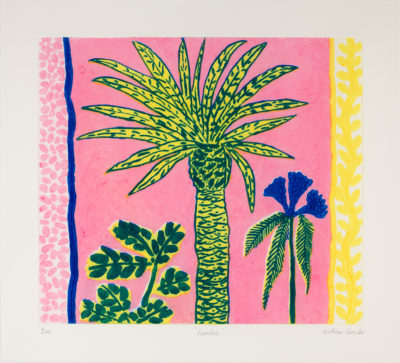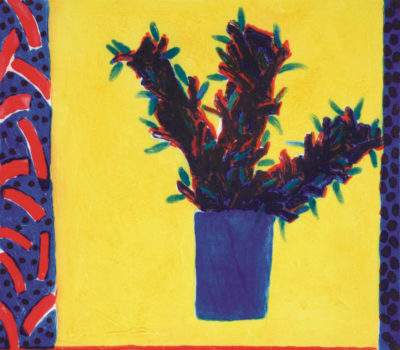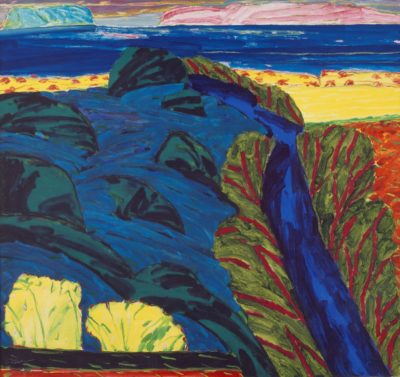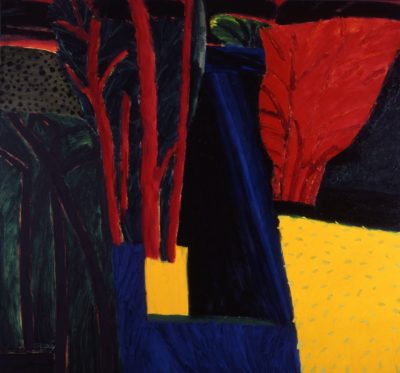Overview
William Crozier was born in Glasgow where he would later attend the Glasgow School of Art. His paternal family were Irish, from Co. Antrim and as a child he often visited his grandparents at their home in Ballinderry. As a teenager he hitchhiked all around the country and developed a love of Ireland that would remain with him throughout his life. Immediately on leaving art college he travelled to post-war Paris where he absorbed the Existential writings of Sartre and de Beauvoir that became central to his practice as an artist. London was Crozier’s main base where he moved in the same circles in Soho as Lucian Freud and Francis Bacon.
In 1953 he moved to Dublin with his family and made a living painting theatre sets. At the time he made few connections to visual artists but became friends with some of the greatest writers of the time: Anthony Cronin, Patrick Kavanagh and Flann O’Brien. These writers, particularly Kavanagh, shaped Crozier’s thinking about Ireland and influenced how he saw and represented the landscape in his work. Crozier maintained contact with these writers throughout the 60s and Cronin invited him to spend some time with him near Malaga, which inspired a large body of new work inspired by the landscape of heat and vines. Around this time, he began to teach at Winchester School of Art.
Crozier’s relationship with Ireland deepened when he adopted Irish citizenship in 1973 and finally bought a home in West Cork in 1983. This began a hugely productive period of work as he grappled with the powerful landscape there. He would go on to produce some of the most iconic works of the Irish landscape made in the latter half of the twentieth century. William Crozier was an elected member of Aosdána as well as honorary member of the Royal Hibernian Academy and represented both Ireland and the UK internationally in numerous museum collections including Tate, London; Imperial War Museum, London; National Museum in Gdansk, Poland; IMMA and the National Gallery of Ireland.
The Edge of the Landscape, a major retrospective of Crozier’s work was held at IMMA in 2017-18 as part of the Modern Irish Masters Series. This exhibition presented his familiarlandscape works against a backdrop of his early work inspired by the Existentialist movement and the anxieties of the post-war period.



